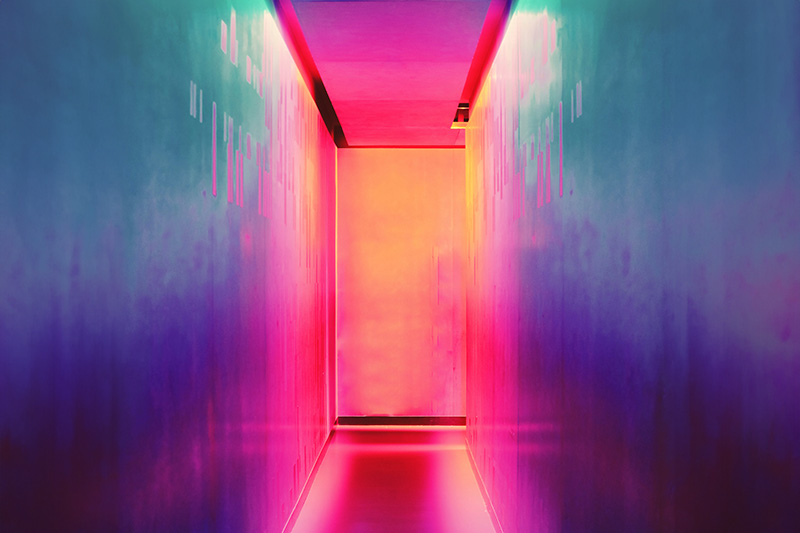Now and then: art in the digital age

New technologies in digital format allow art to be given new life through new ways of creation and enjoyment. From the Beatles' new song ('Now and then'), made possible exclusively through the use of new technologies, to cinematographic masterpieces designed for almost exclusively digital fruition (e.g. 'It was the hand of God' - Paolo Sorrentino; 'The Irishman' - Martin Scorsese), passing by the great painting, rendered in digital format by Cinello. Let’s see how and why digital is not the enemy of art and is able to preserve the uniqueness and authenticity of the artistic product.
"For Paul": this is the message from John Lennon, written on a cassette delivered by Yoko Ono to McCartney in 1994. It contained a recording of a Lennon demo, voice and piano, dating back to 1978. As we know, The Beatles had already separated by 1970, and John Lennon would be killed in 1980. So, two years earlier, he records a demo of a song, not yet intended for release and therefore "raw," to send to Paul McCartney. However, this exchange would only happen 18 years later through John's wife, Yoko Ono. Once in possession of the cassette, Paul, George Harrison, and Ringo Starr record vocals and instruments on top, but they soon realize that obtaining a sound and artistic result at the level was impossible because Lennon's piano bass overpowers his voice. So they give up, until last year when Paul and Ringo decide to return to the studio to record it, this time with the help of new digital technologies and artificial intelligence. In this way, they managed to overdub the instrumental arrangement, completing the song by separating the melody from the piano. The result is an original Beatles song with John Lennon's voice, instruments actually played by Harrison, Ringo, and McCartney, who also signs the backing vocals. Therefore, it is, in all respects, an original Beatles song, released in 2023. It seems like a utopian science fiction story, but it is the faithful account of the genesis of "Now and Then," the title of the song.
This is just one example (albeit shining and indisputable) of how digital technology can serve as an artistic tool: a fundamental aid, which artists and the art world in general can rely on in their work methodology without compromising the authenticity of the final result. On the contrary, it preserves it. It's as if a painter from the 1500s had a perfect brush for all possible painting facets or a color palette that included all available shades and tones: there would be no valid reason not to exploit such opportunities.
Consider also contemporary masterpieces in other art forms: the penultimate film by Oscar-winning Martin Scorsese, "The Irishman" (2019), was made possible, on the one hand, by the substantial resources invested in its production and distribution by a digital giant like Netflix and, on the other hand, by the use of digital special effects for de-aging the lead actors, functional to the cinematic narrative. Just a few years ago, Scorsese could not have made this film, or at least not as he envisioned it: this is an outcome of the use of new technologies, the freedom they allow, and the ability to focus solely on the artistic idea's elaboration.
The same fate befell another contemporary cinema masterpiece, "The Hand of God" (2021), by another Oscar winner, Paolo Sorrentino. Also produced and distributed by Netflix, it is infused with the necessary freedom to restore the authenticity and inspiration of the artistic act.
As seen, therefore, digital technology, far from being in opposition to art, is instead an instrument and fulfillment of it. It is exactly in this logic that Cinello operates and integrates authentic, protected, and unique digital reproduction of great past artistic masterpieces. It makes them shine with their own light through the lenses of the present.